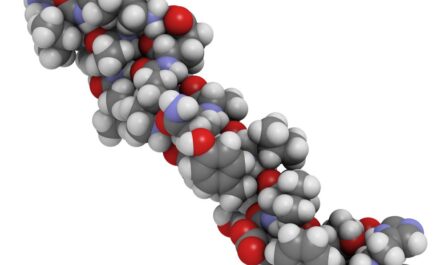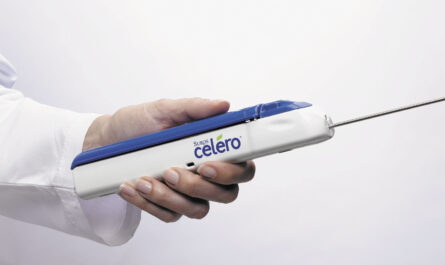Anastomosis devices are set to transform various surgical techniques by precisely and quickly joining together tissues and organs. These innovative medical devices are being used across different medical specialties and have numerous advantages over traditional hand-sewn methods.
Introduction to Anastomosis Devices
Traditionally, anastomoses were performed by precisely sewing the tissues together layer by layer using tiny sutures and needles. However, this hand-sewn technique was time-consuming, required advanced surgical skills and had potential risks of leaks.
The development of anastomosis devices has substantially improved and simplified the anastomosis procedure. These single-use medical devices help surgeons connect tissues in a precise, quick and leak-proof manner during various surgical procedures. Some key types of anastomosis devices include circular staplers, linear staplers and suturing devices. They are now commonly used for colorectal, esophageal and gastrointestinal surgeries among others.
Advantages of Anastomosis Devices
Circular Staplers
Circular staplers are one of the most widely used anastomosis devices. They are extensively employed for intestinal and colorectal surgical procedures involving resection and rejoining of intestines or tissues. Circular staplers help perform these anastomoses more quickly, with improved blood supply and less risk of complications compared to hand sewn methods. During an operation, the circular stapler is used to deliver a double circle of staples at the site of anastomosis. This provides a very strong leak-proofjoin in a single firing step.
Linear Staplers
For joining together tissues that are not tubular, linear staplers are used. These devices are shaped differently than circular staplers and have linear rows of staggered staples. They are used in surgical specialties including thoracic, gynecologic, urologic and plastic reconstructive procedures for tasks like joining together parts of lungs, repairing wounds and performing tissue approximations. Like circular staplers, linear staplers also significantly reduce the time required for anastomosis compared to hand sewing.
Suturing Devices
Advanced suturing devices are now available which create running or interrupted stitches through needle driving mechanisms rather than manually. Though not as fast as staplers, these computer-controlled suturing devices provide highly consistent suturing and help reduce variability between surgeons. They also avoid the risks of leakage associated with staplers. Suturing devices find usage in ophthalmic, vascular, gynecologic, pediatric and reconstructive procedures.
Faster recovery: Anastomosis devices enable faster surgery times and less tissue handling compared to conventional hand sewing techniques. This leads to reduced blood loss, less inflammation response and faster recovery for patients.
Reduced leaks: Carefully placed staples or stitches from devices provide a stronger and more consistent seal compared to hand-sewn methods. This substantially reduces the risk of leaks or dehiscence at the site of anastomosis.
Improved accuracy: Devices provide more precise placement of staples/stitches and consistency between procedures. This translates to better clinical outcomes with reduced complications.
Less training needs: Basic skills training is sufficient for surgeons to use most anastomosis devices competently. This overcomes the need for advanced sewing abilities required for complex hand-sewn anastomoses.
Widespread adoption of anastomosis devices: Due to the evident advantages, anastomosis devices have become the new standard of care for most digestive tract surgeries and their adoption is growing in other specialties as well.
Emerging New Device Technologies
With advancing technology, newer types of anastomosis devices are being developed which can further enhance surgical capabilities. Some examples include:
– Stapling devices which deploy bioresorbable staples are being evaluated. These eliminate the need for staple removal and lower long term complications.
– Suturing devices are achieving newer forms like wristed needles and steerable tips for improved precision in complex locations.
– Robotically controlled devices are being designed to perform anastomoses via minimally invasive, laparoscopic surgeries using robot arms. This improves ergonomics.
– Tissue welding is a non-stapling Anastomoses Devices method gaining focus. It involves bonding tissues together using energy like lasers or radiofrequency. This may provide an alternative leak-proof seal.
– 3D imaging and sensing is being integrated to enable real-time assessments of anastomosis quality and intraoperative adjustments if needed. This enhances outcomes.
anastomosis devices have revolutionized many types of surgeries by enabling faster, reproducible and lower risk connections between tissues and organs compared to conventional hand-sewn techniques. Their benefits have led to widespread clinical adoption. Exciting new technologies are extending the capabilities of these devices further. Going forward, anastomosis devices will continue to drive advancements in surgical specialties by enabling new procedures and reducing recovery times for patients.
Note:
1. Source: Coherent Market Insights, Public sources, Desk research
2. We have leveraged AI tools to mine information and compile it




